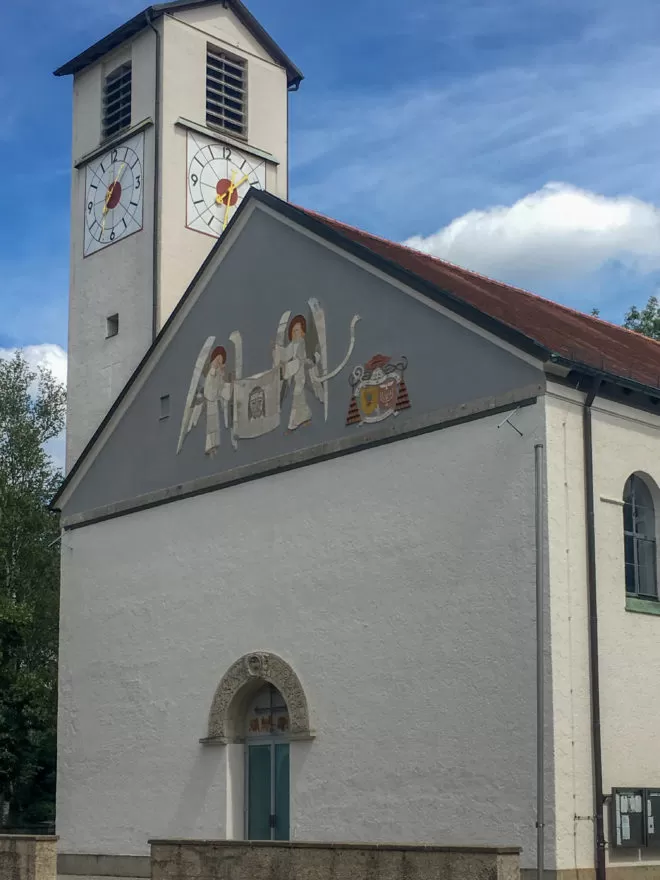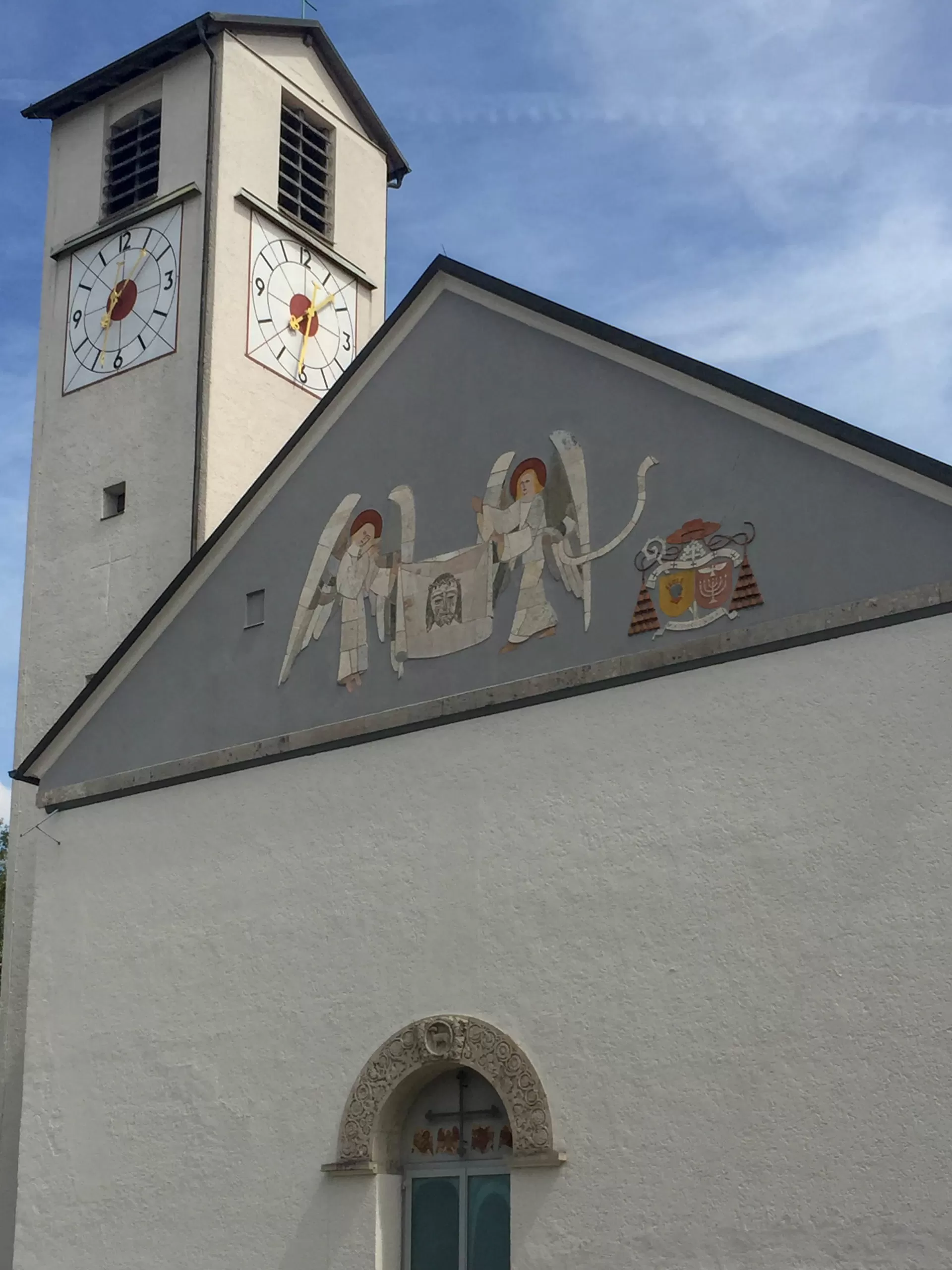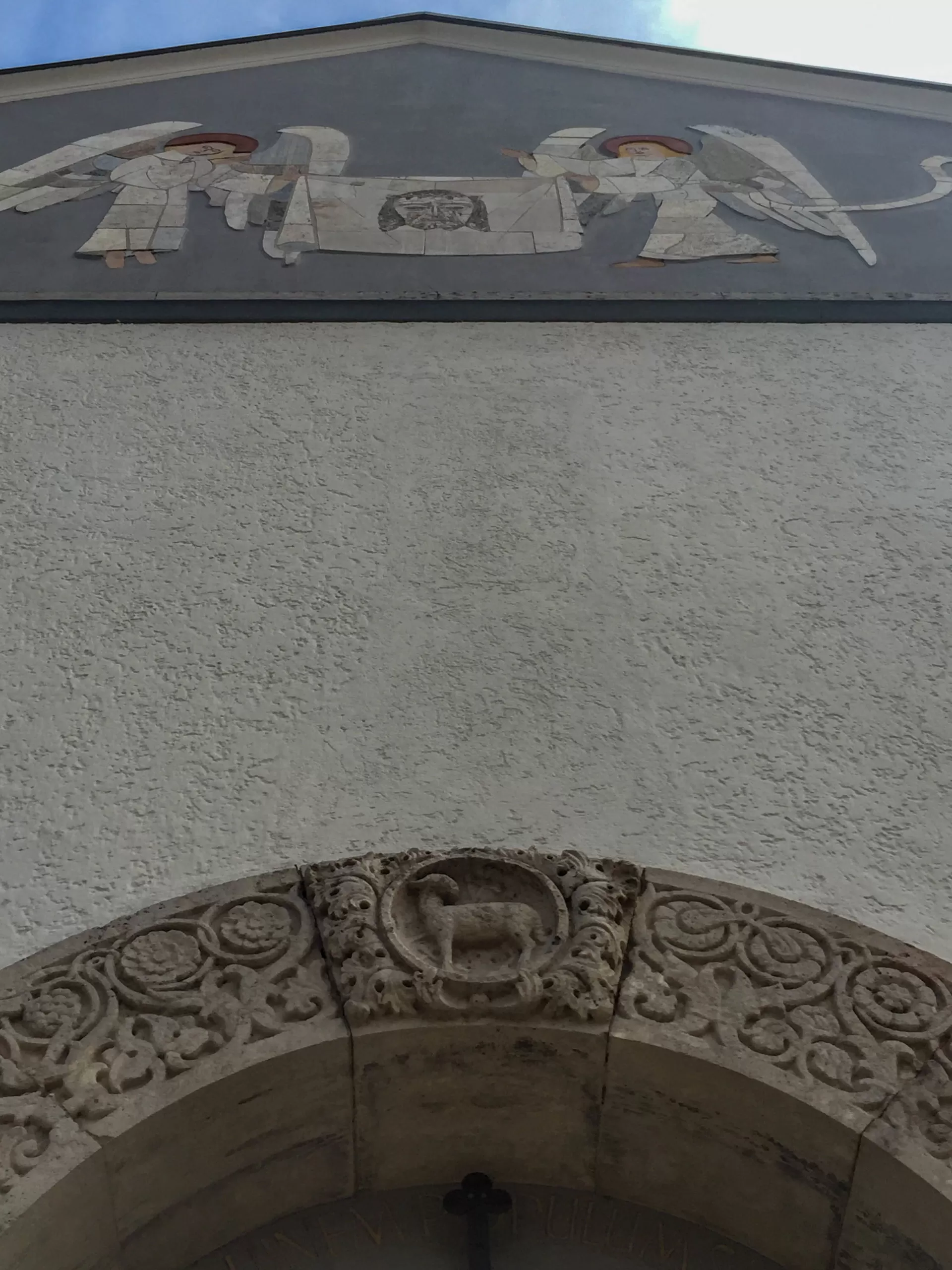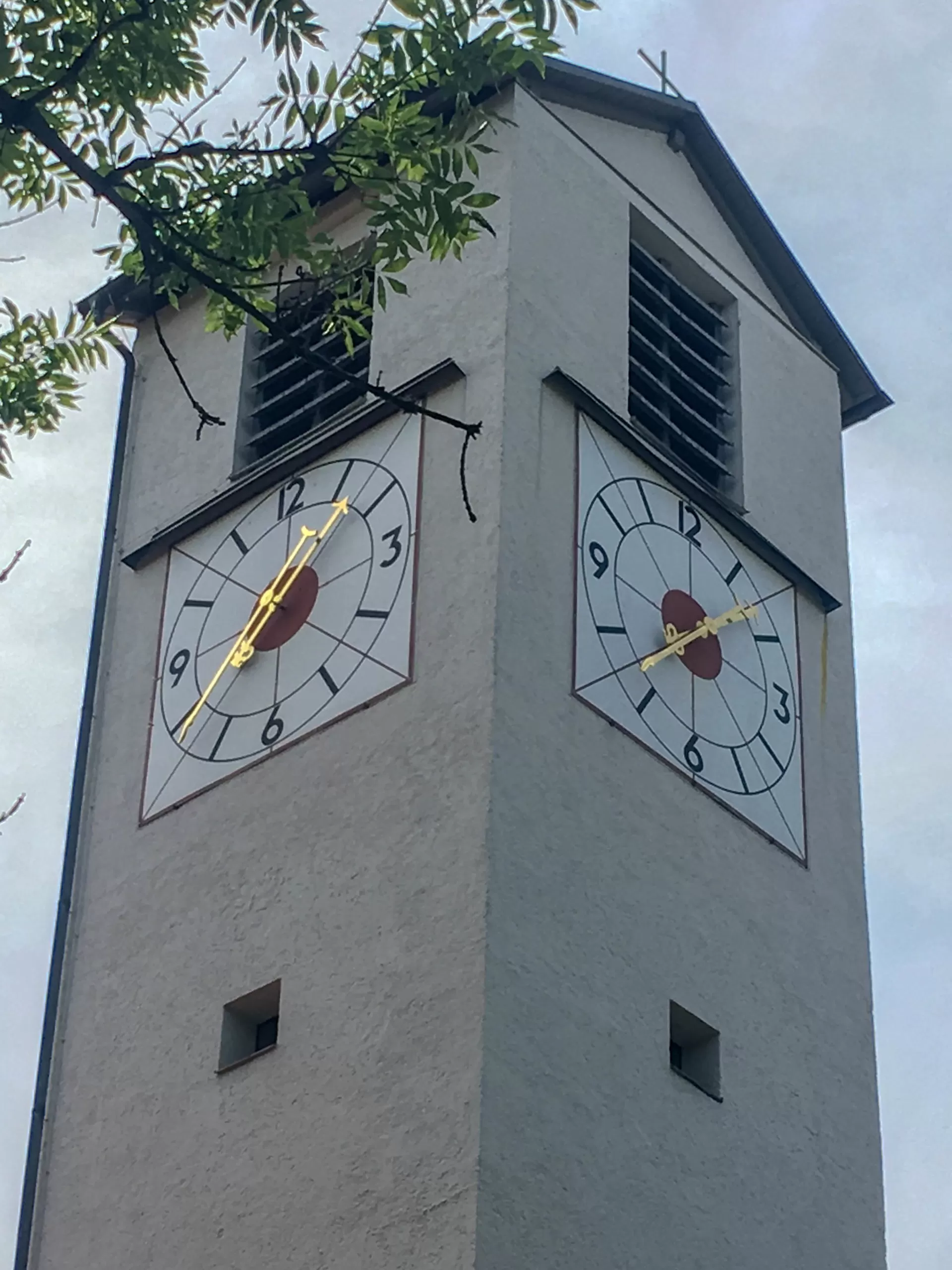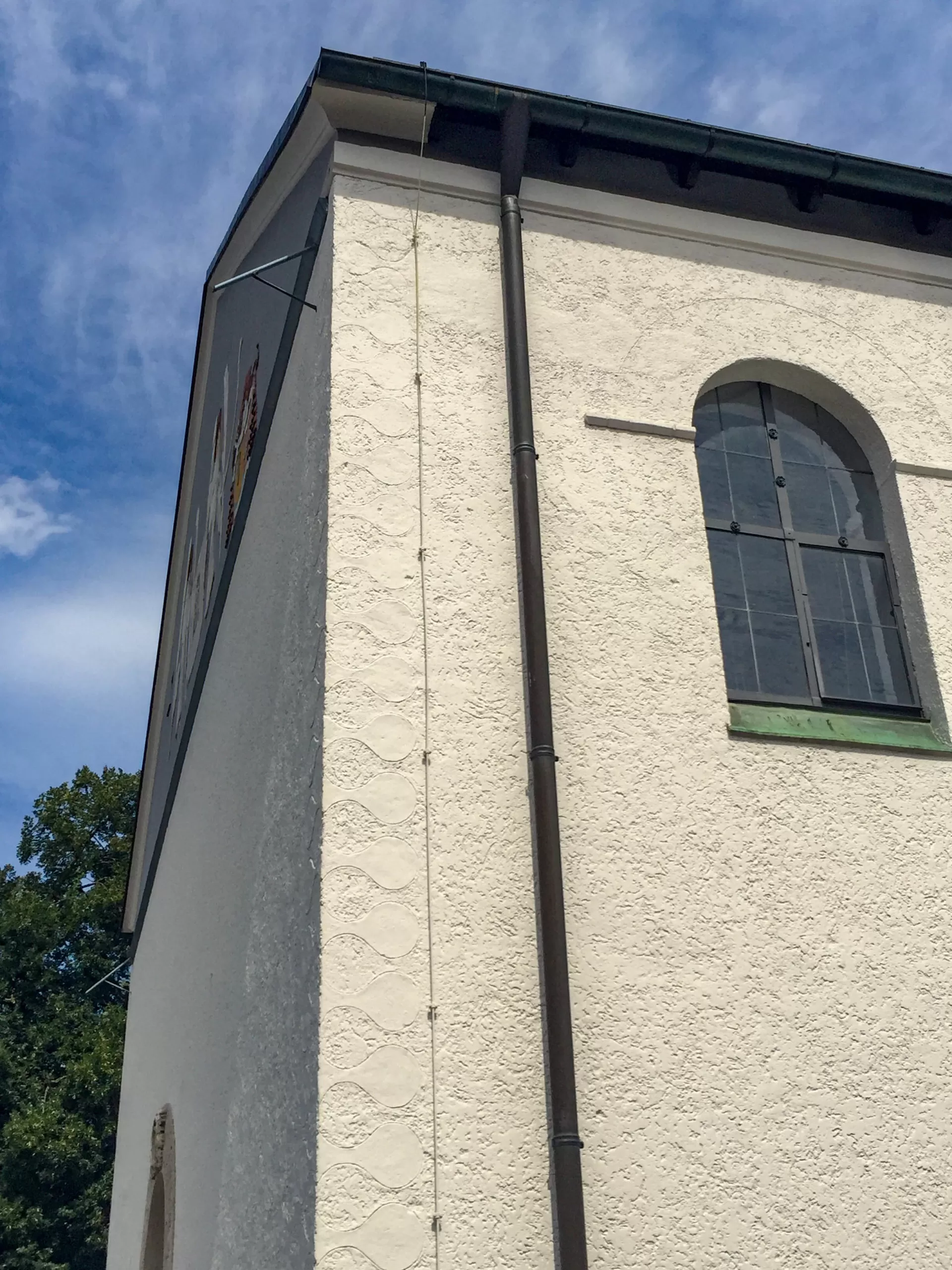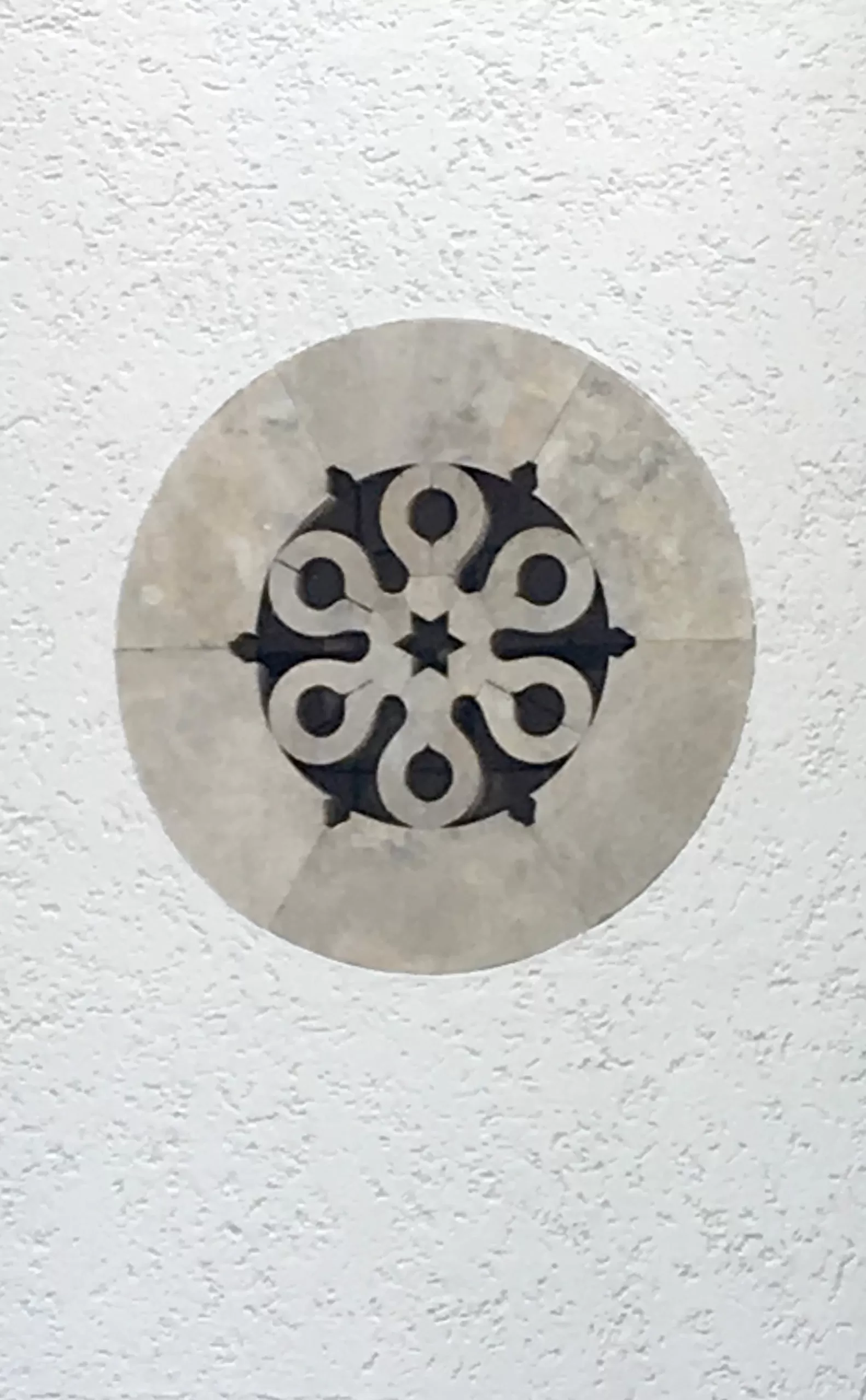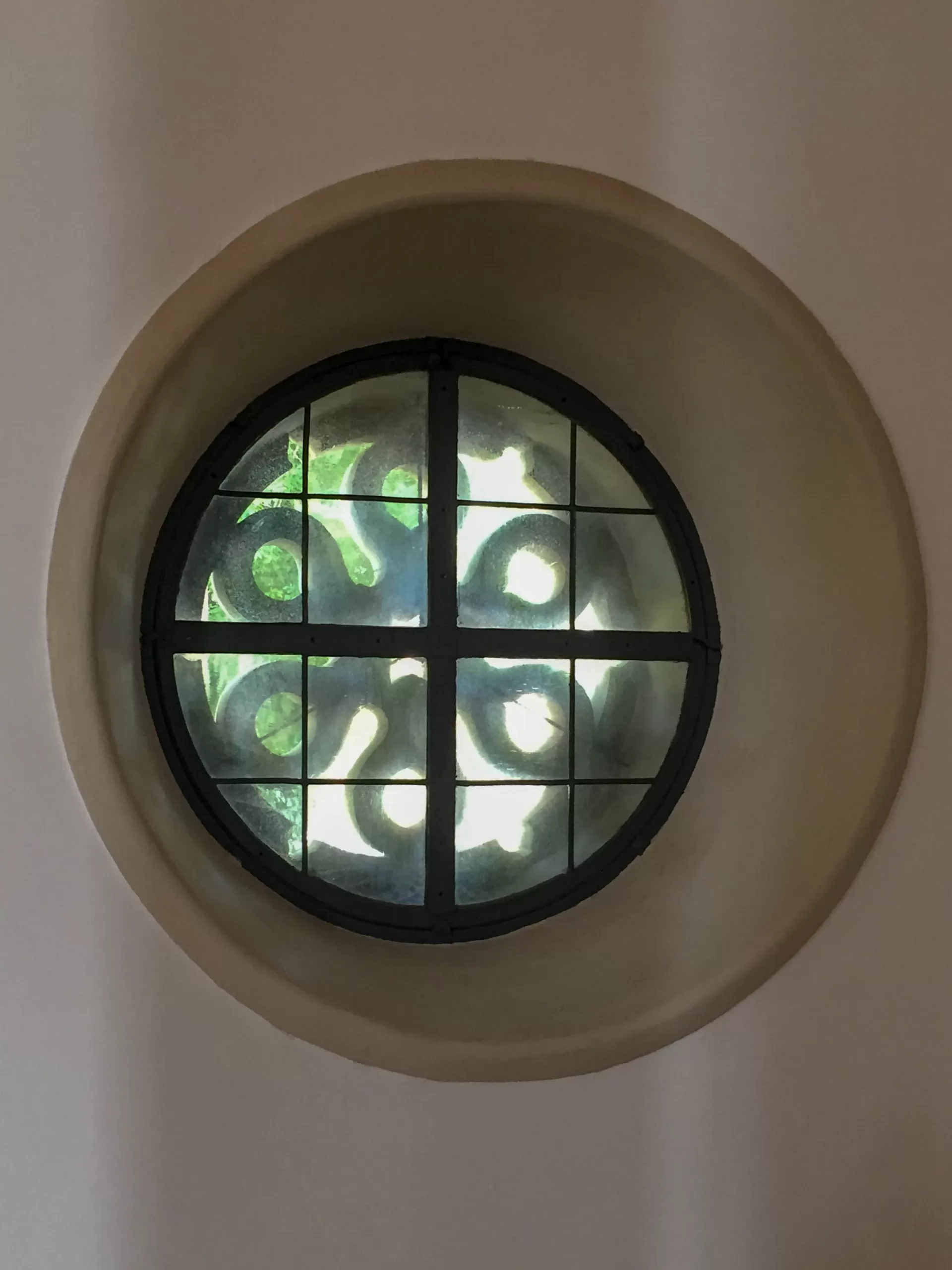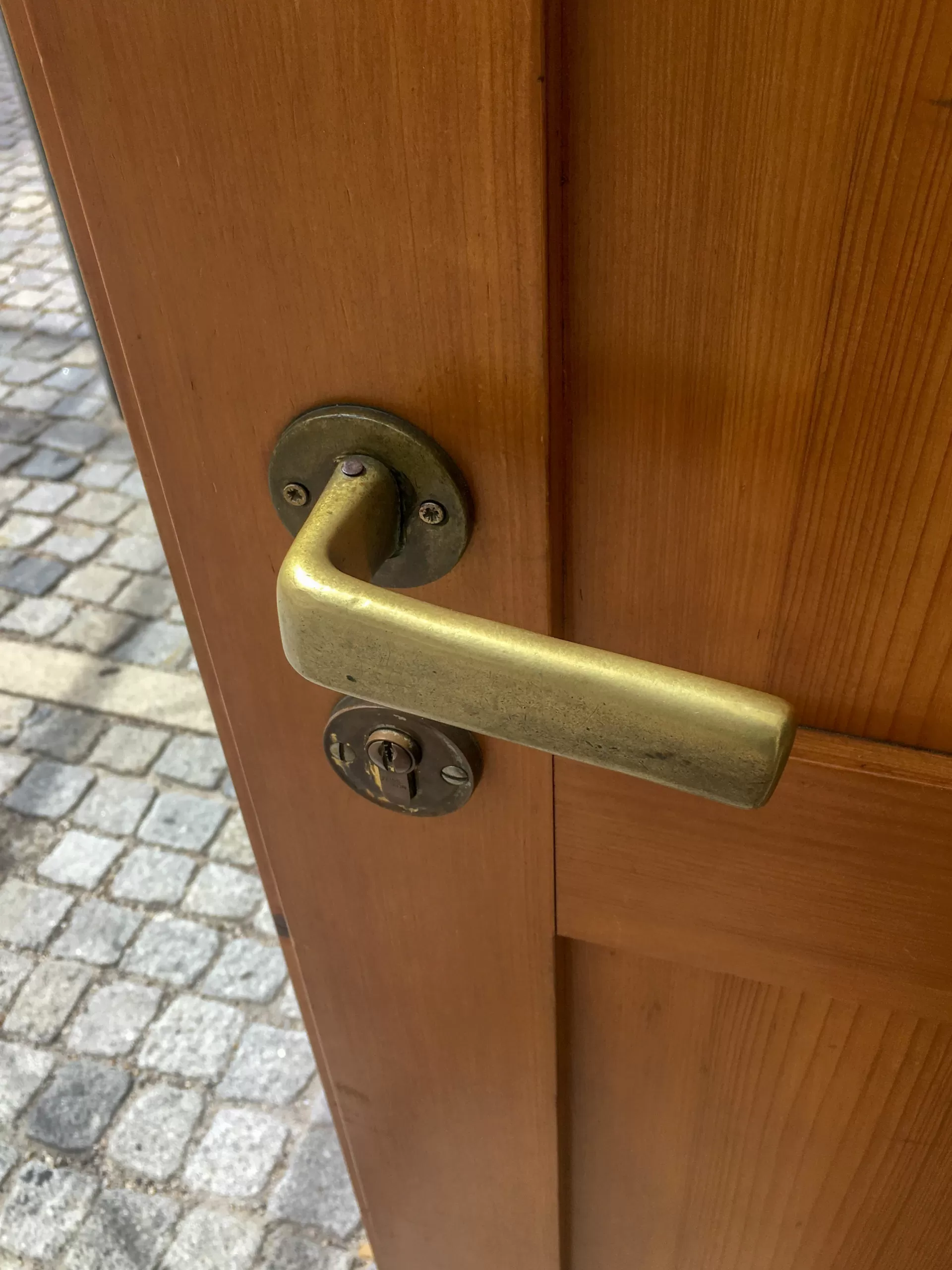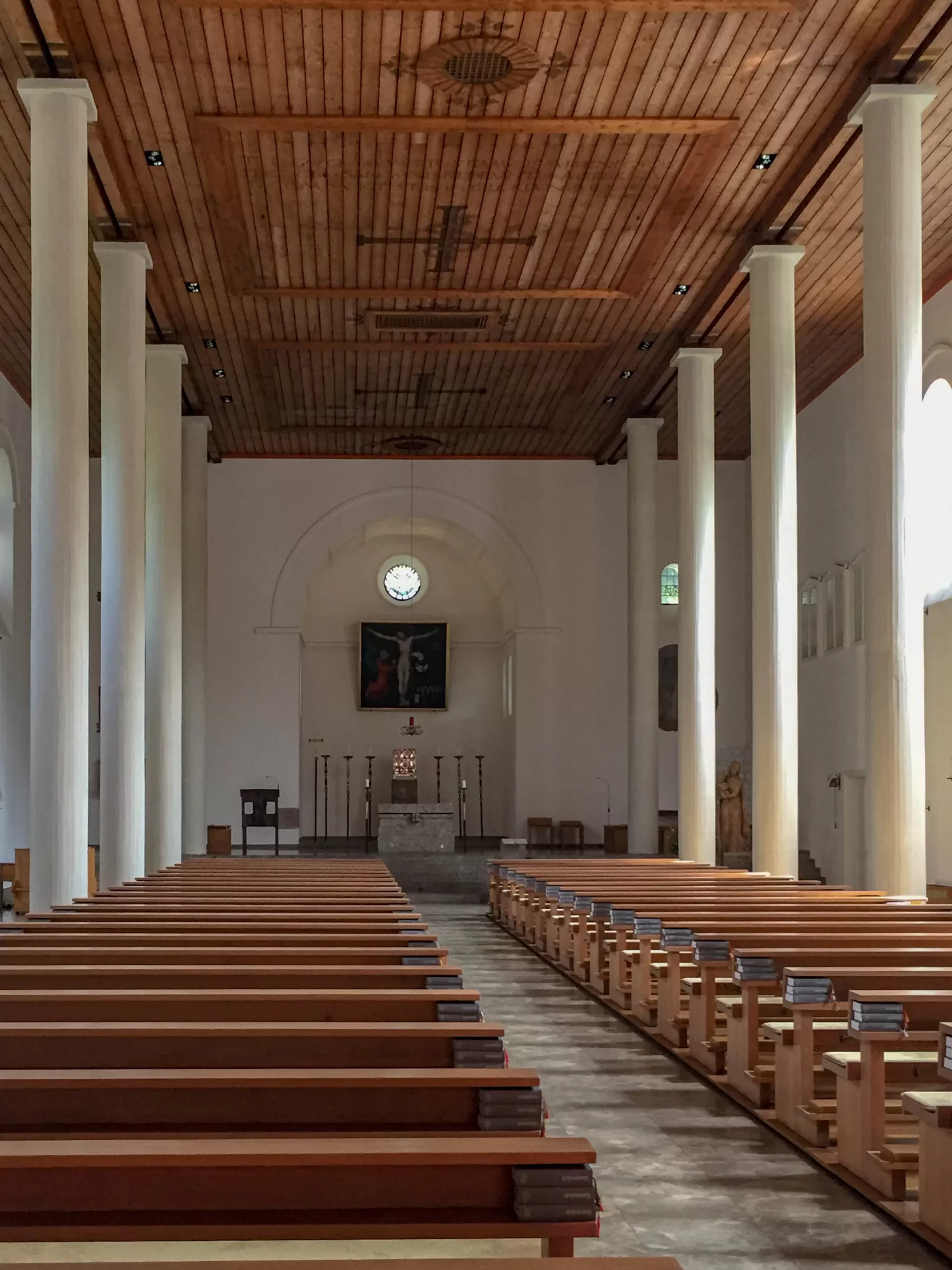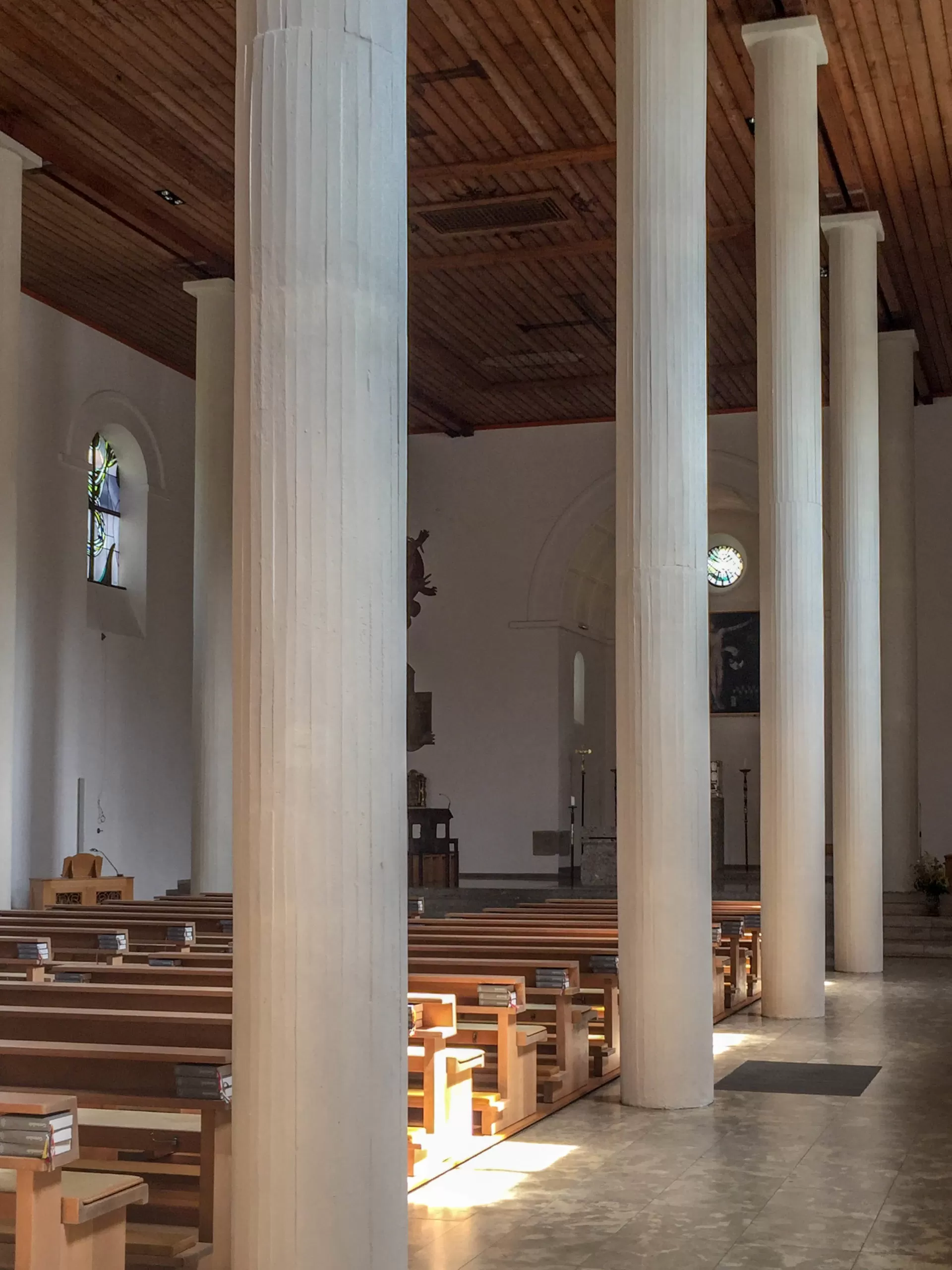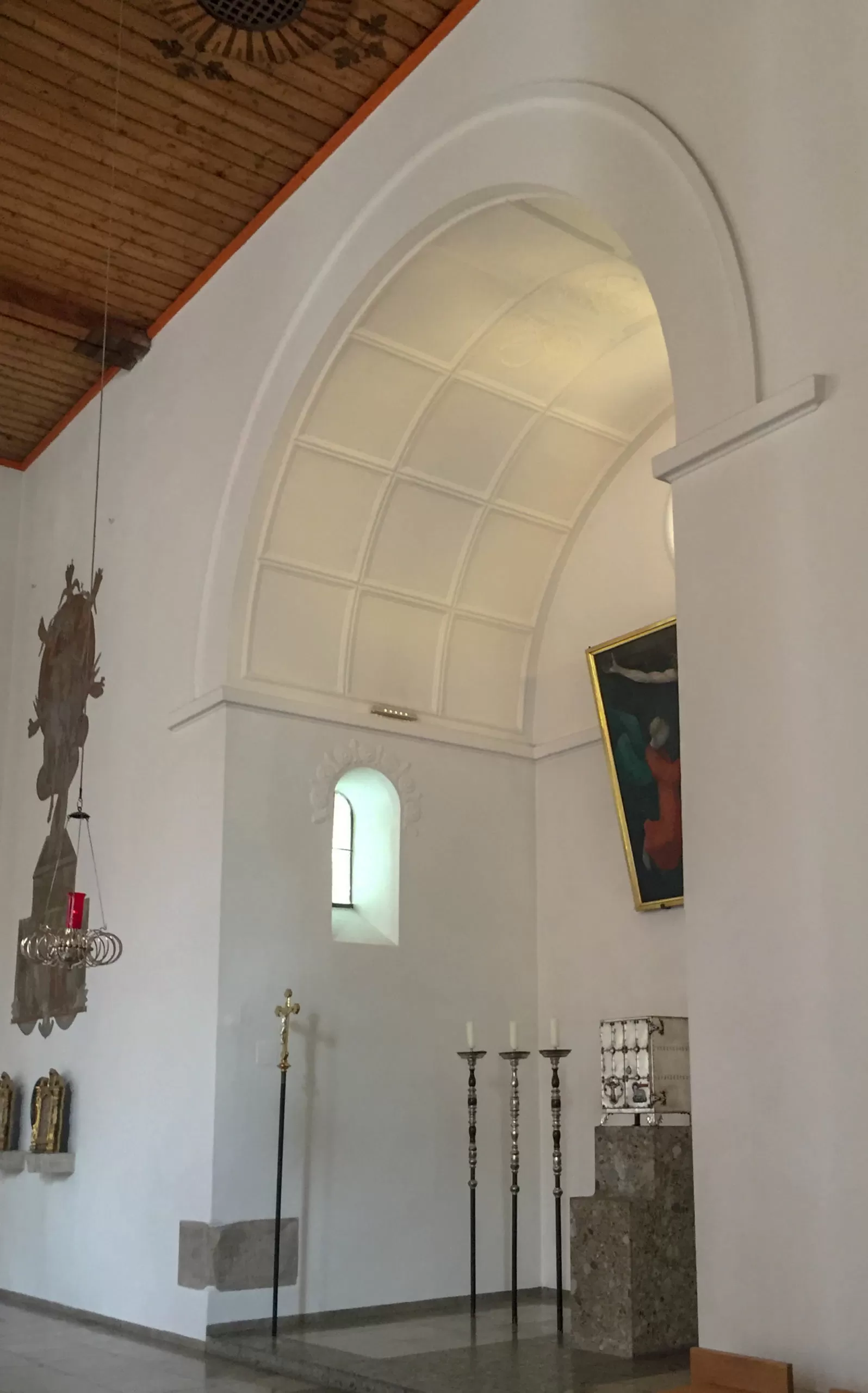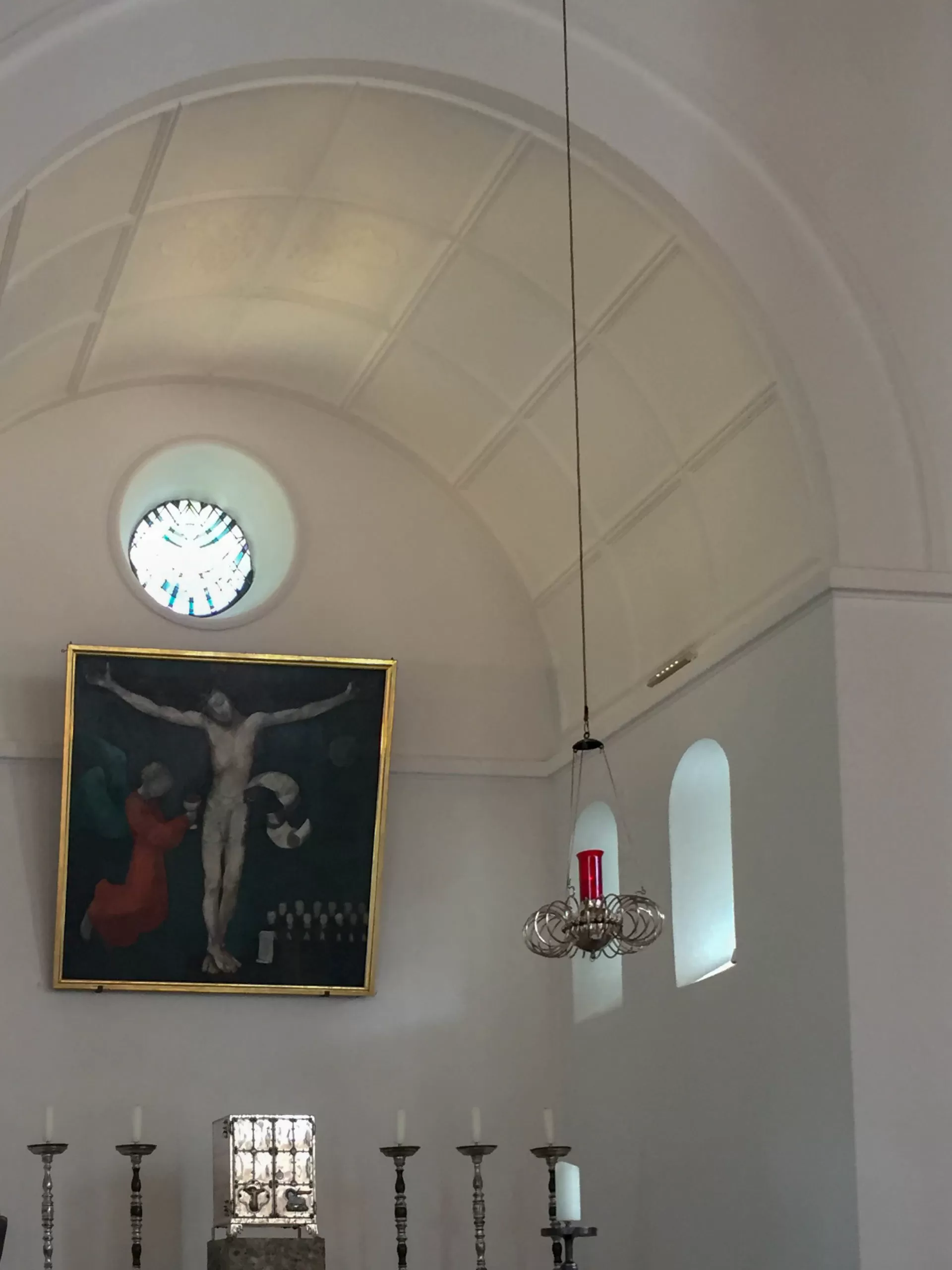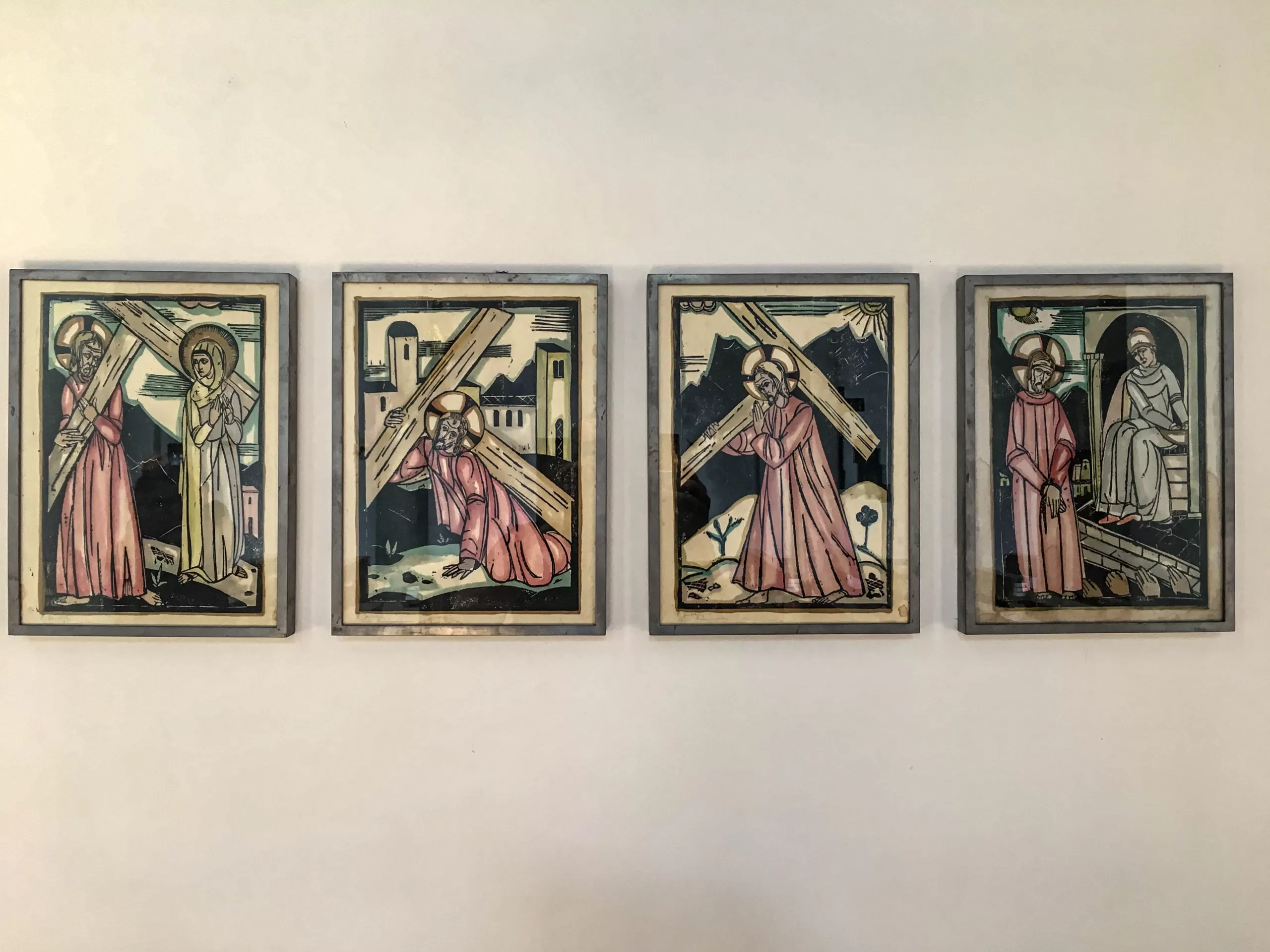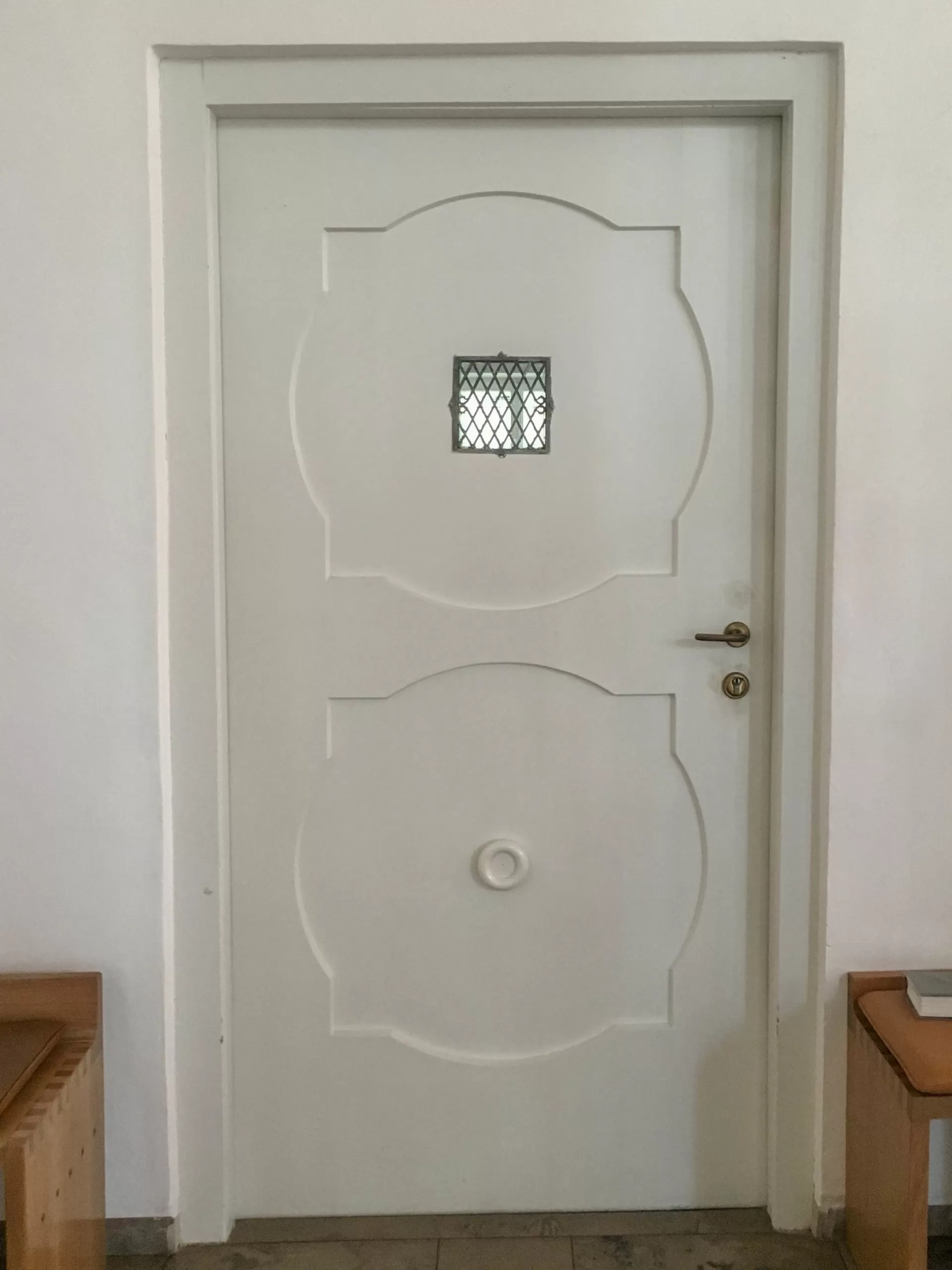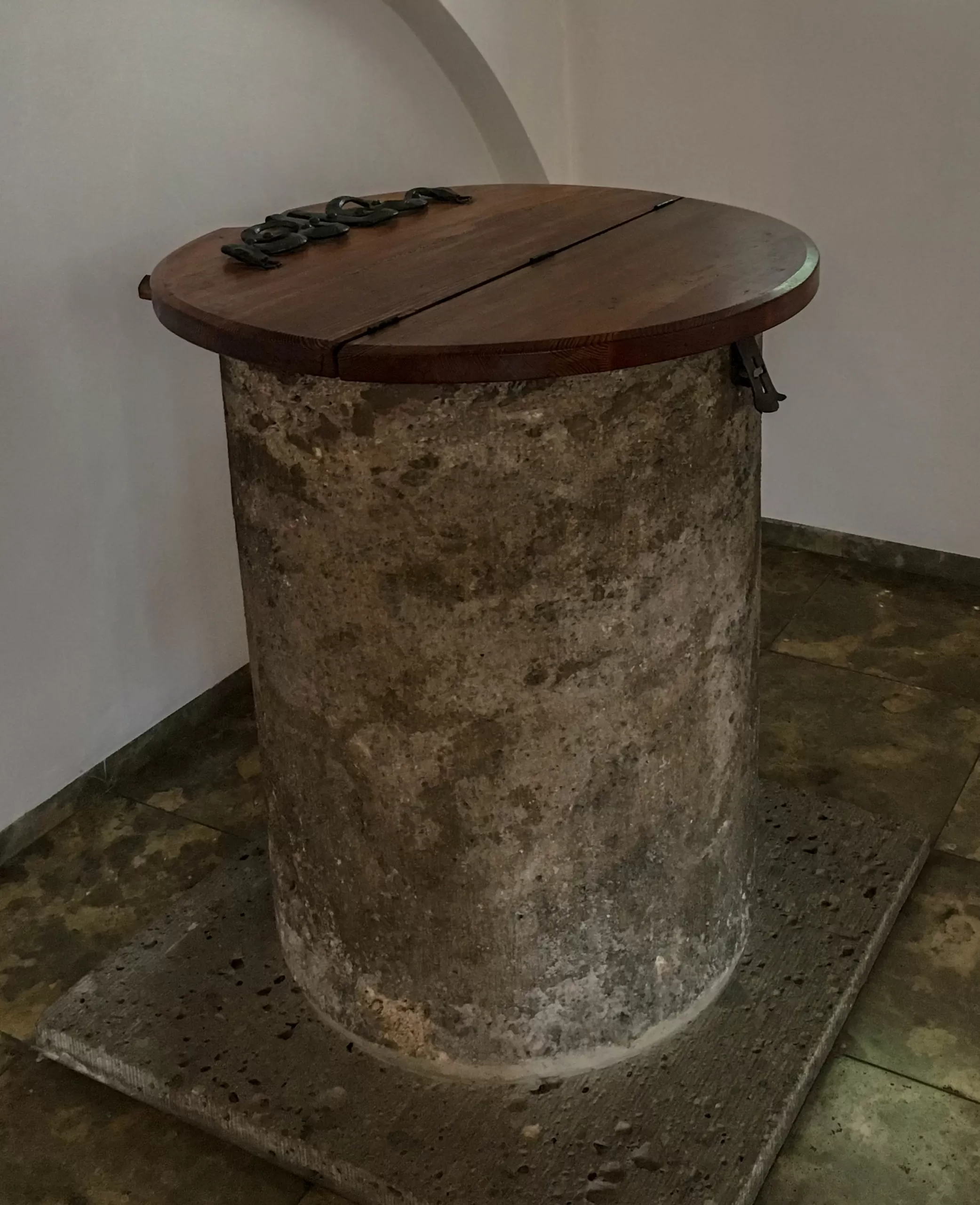1932 – 1934
Architect: Hans Döllgast
Scheinerstraße 12, Munich, Germany
Background
Since the turn of the century, the Munich-Bogenhausen district had been growing and with it the Catholic parish of St. George.
After various locations for the construction of a new church had already been examined before the outbreak of the First World War, the city of Munich finally donated a plot of land to the parish on what was then Secchiplatz.
Hans Döllgast
It was not until 1934 that the church was completed according to the plans of the architect Hans Döllgast, who at that time held a lectureship at the Technical University of Munich.
Heavily damaged during World War II, the church was rebuilt in 1950, again under the direction of Hans Döllgast.
Heilig Blut Church
The groundbreaking for the new building took place in March 1934, the foundation stone was laid in May of the same year, and the church was consecrated in November 1934.
Döllgast designed the church in a combination of traditional architectural forms and modern elements.
Above all, the white, unadorned wall surfaces represent a modern architectural concept in their simplicity and straightness.
The windowless gable front with the main entrance is decorated with a mosaic by Günther Grassmann.
It is made of cut natural stones and shows two angels holding the Veil of Veronica with his image.
In the corner is the coat of arms of Munich Archbishop and Cardinal Michael von Faulhaber.
Interior
The interior of the three-nave hall church is a single light and rectilinear hall divided by fourteen slender round columns of formwork-rough concrete, which in turn originally supported a flat stucco ceiling.
The bell tower was once designed as a spire.
The tower and stucco ceiling were destroyed in a bombing raid in October 1943.
Reconstruction
Reconstruction began as early as 1950 under the architectural direction of Hans Döllgast.
The belfry, which had been lower than the gable line of the church in the former spire, was set 10 meters higher and the tower was finished with a gable roof.
Instead of the stucco ceiling, a smooth wooden ceiling was installed.

